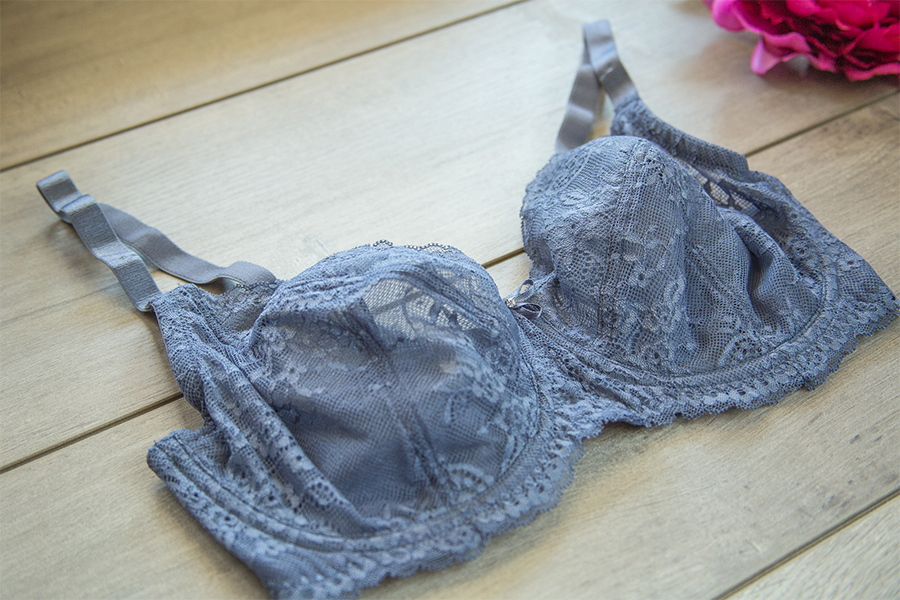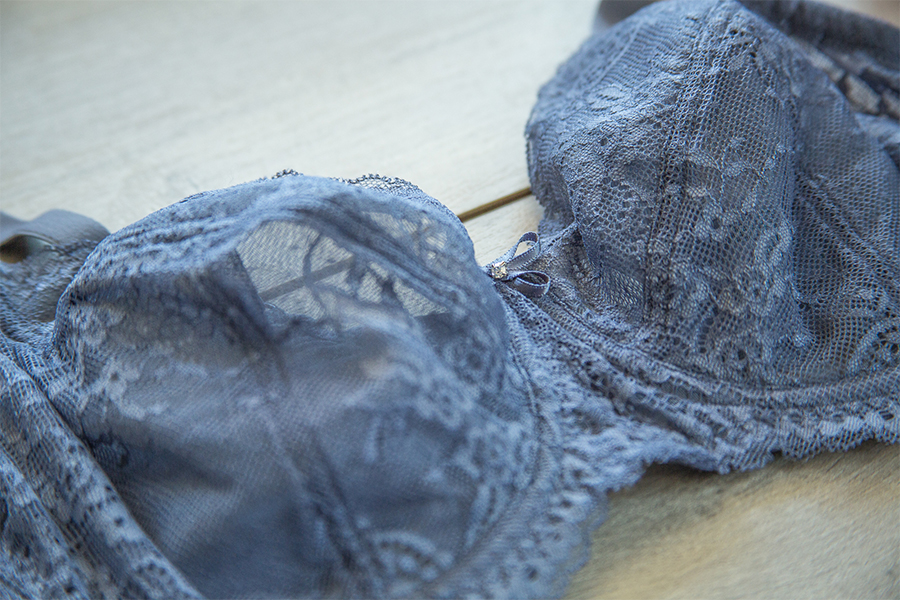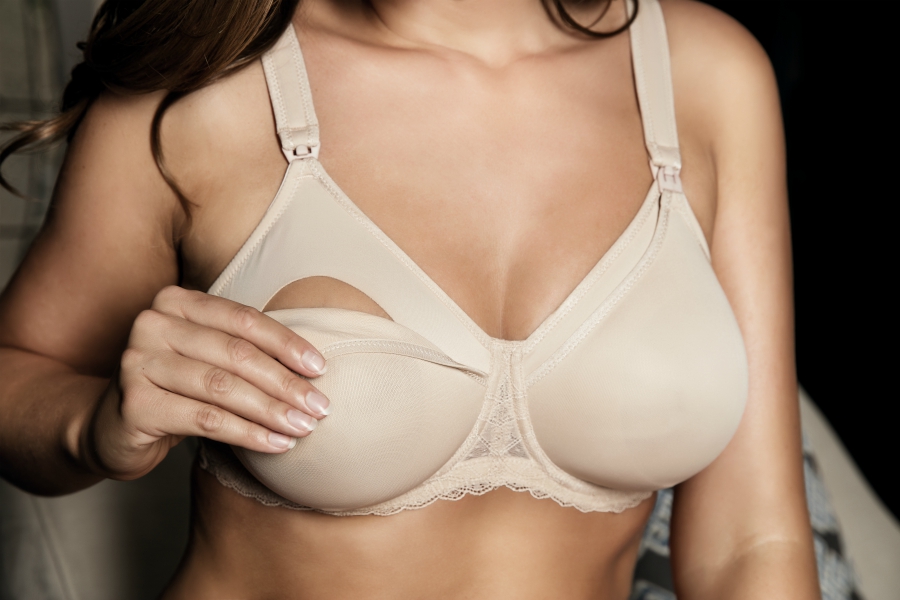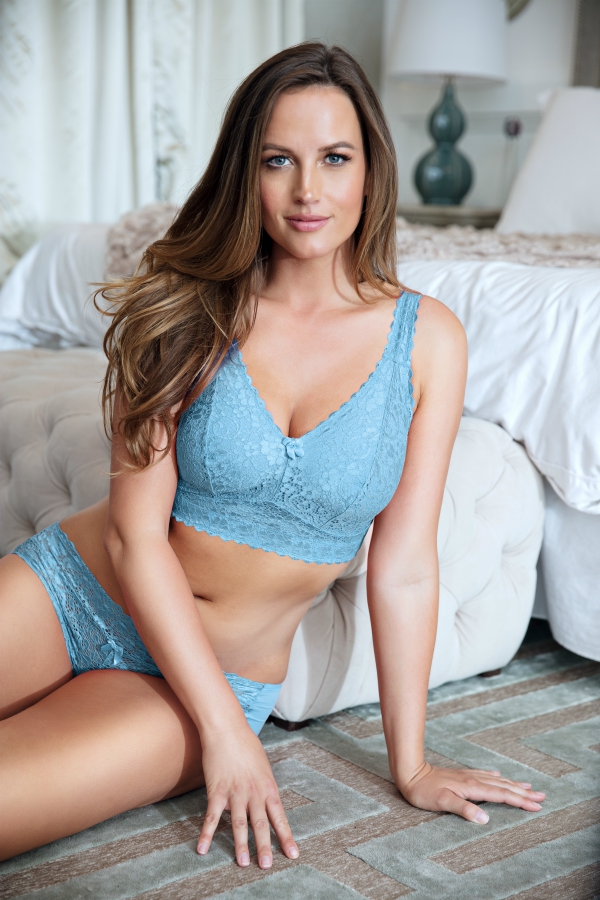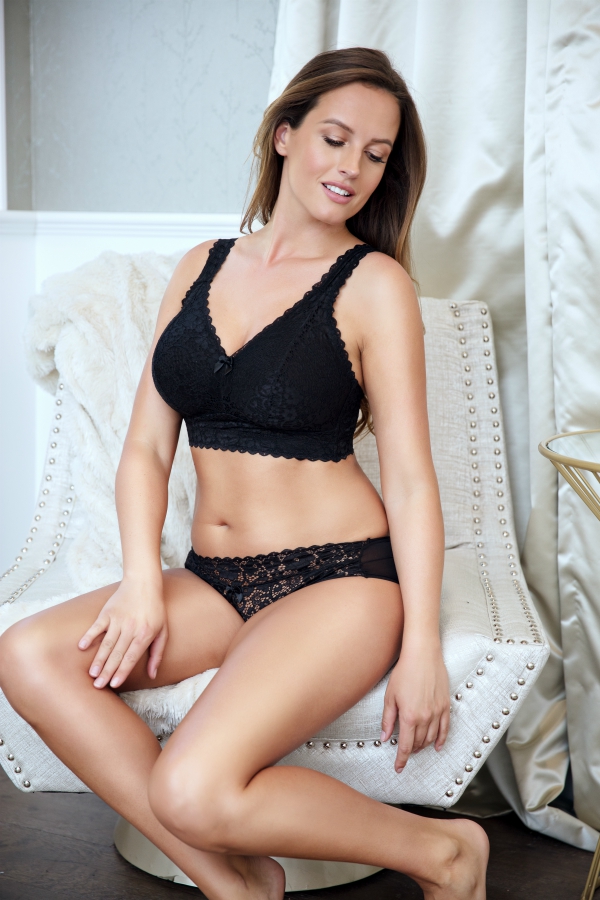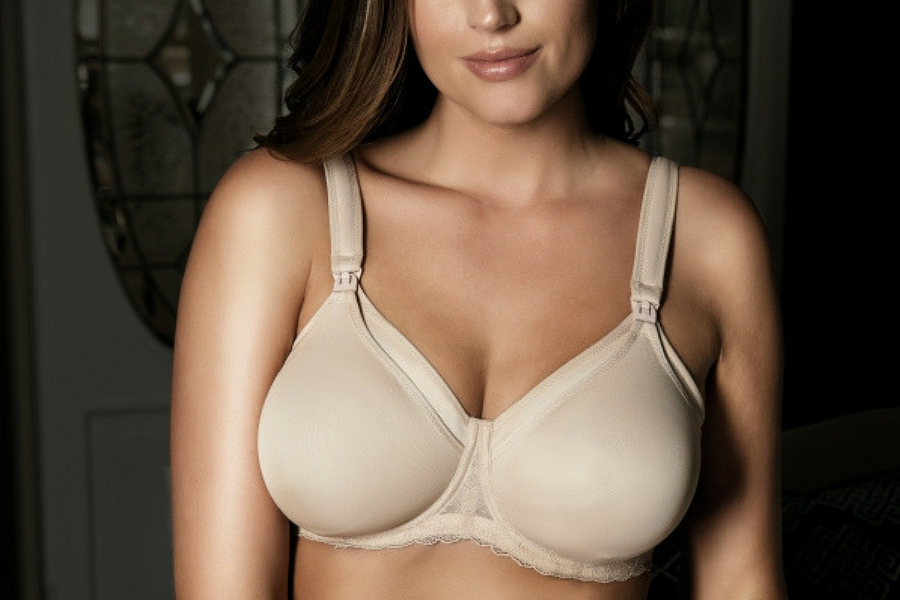Here’s the thing about sports bras: They basically perform the same function as your other bras (lending support for your breasts). However, they are constructed entirely differently, as they’re designed to support your breasts during physical activity, which may include some serious bounce factor. This is why a quality sports bra that’s tailored to the intensity of your exercise is so crucial: by offering the right amount of support, it can prevent pain and discomfort during a workout, as well as any damage to the ligaments in your breasts that keep them perky. Since sports bras are designed to work differently than your regular bras, they should also fit slightly differently.
Wondering how a sports bra should fit? Here’s what you need to know about fit:
Signs of an ill-fitting sports bra
While a sports bra should fit a bit tighter than a regular bra, it shouldn’t be so snug that it’s uncomfortable, or you can’t breathe deeply.
If your sports bra has adjustable hook-and-eye closures in the back, make sure that you aren’t buying one that fits on the loosest hook. A sports bra may stretch over time, and you’ll want to be able to tighten it as needed to ensure you’re still getting enough support. This is particularly important as the band provides the majority of the support on your sports bra.
While compression bras don’t, most encapsulation sports bras contain separated cups. Are the cups wrinkling or puckering? That indicates that the cups are likely too big. On the other hand, if breast tissue is spilling out of the top, bottom, or sides of the cups, then you’ll probably need to go up a cup size.
You definitely shouldn’t have to deal with straps digging into your shoulders. If it feels like they are even when you adjust them to a looser setting, you need a different band size. You may also want to try a different style, such as a racerback sports bra or one with wider, cushioned straps, for added comfort.
Signs of a well-fitting sports bra
If a sports bra fits properly, you should be able to barely slide two fingers (definitely no more) between your shoulders and the straps. You should also be able to fit one finger underneath the band and inside the cups.
The band will lay flat against your torso, and also be level all the way around from front to back.
Furthermore, you’ll know a sports bra fits right if your breasts are fully encased by the cups and feel secure, with no spillage or puckering.
Related: How To Find A Supportive Sports Bra
Quick fit tests
To make sure the cups fit properly, scoop your breast tissue into them one by one and adjust them with your hands into the cups. Now observe whether they appear fully contained.
For a true test of the bra’s support, consider running or jumping in place. This is an especially good strategy to employ if you plan to wear your sports bra during high-intensity exercises such as jogging, dancing, or plyometric training. Whether you run or jump, your breasts should feel secure. If you notice a ton of bouncing, you definitely need a different size (and possibly a different style altogether).
Lastly, reach your arms over your head and notice whether or not the band rides up. If it does, you need a smaller band size.
Remember:
A well-fitting sports bra will make any workout more comfortable, and therefore, more effective. After all, the last thing you want to be worrying about during your sweat session is adjusting the cups or pulling at the straps. The bottom line: Take the time to find a sports bra that fits you perfectly and not only will exercise be more enjoyable, but you’ll also protect your breasts from potential damage. Keep the aforementioned signs in mind as you shop for sports bras and remember — it certainly can’t hurt to get fitted by a professional, especially if it’s been six months or you’ve never purchased a sports bra before.
Related: Are Sports Bras Supposed To Be Tight?
We Highly Recommend
Whether you’re shopping for new everyday bras or lingerie for a special occasion, it’s always a good idea to seek out a second opinion. We know how hard it is to find bras that fit well and feel good, especially when you’re doing it on your own. If you’ve ever felt unsure about your bra size or you just don’t know where to go to find good bras, it’s time to let a bra fitter help.
Many specialty lingerie boutiques offer bra fittings. Their expert bra fitters will take the pain and frustration out of bra shopping and do all the work for you. Even better, their product knowledge can save you time and money. Plus, they know where all of the best bras are hiding.
If you’ve struggled with finding bras in the right size, it’s time to make a change. Visit our specialty store locator to find a store near you and schedule an appointment.
Happy bra shopping!





